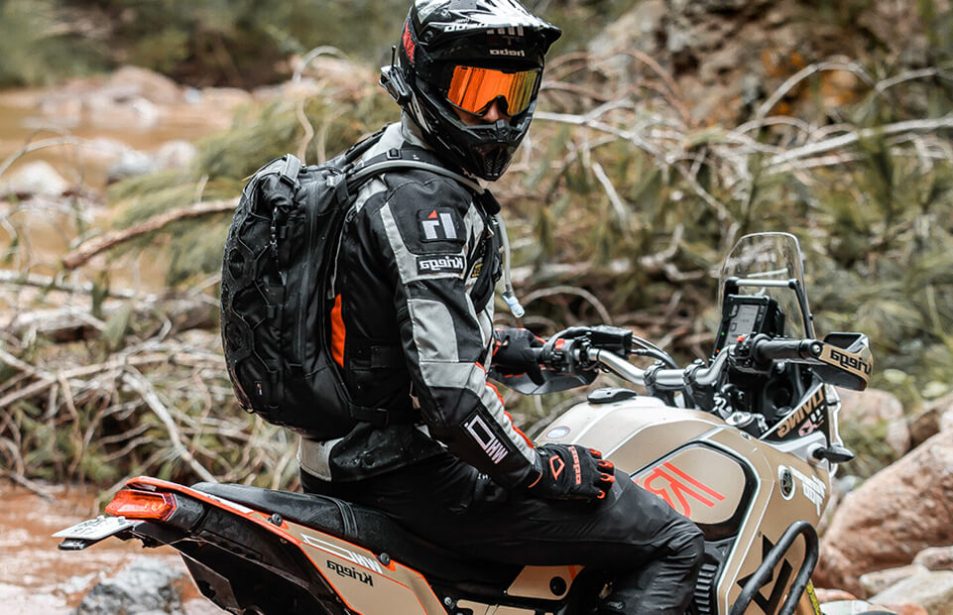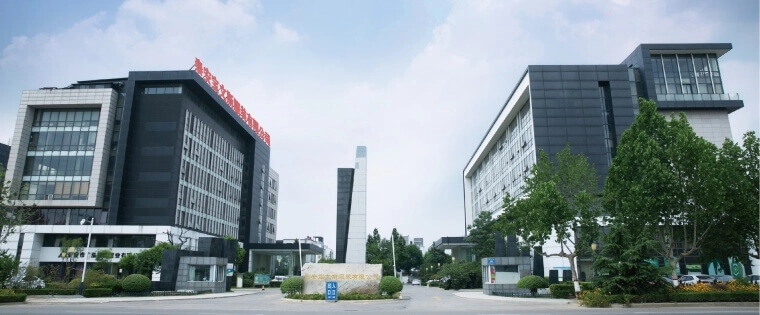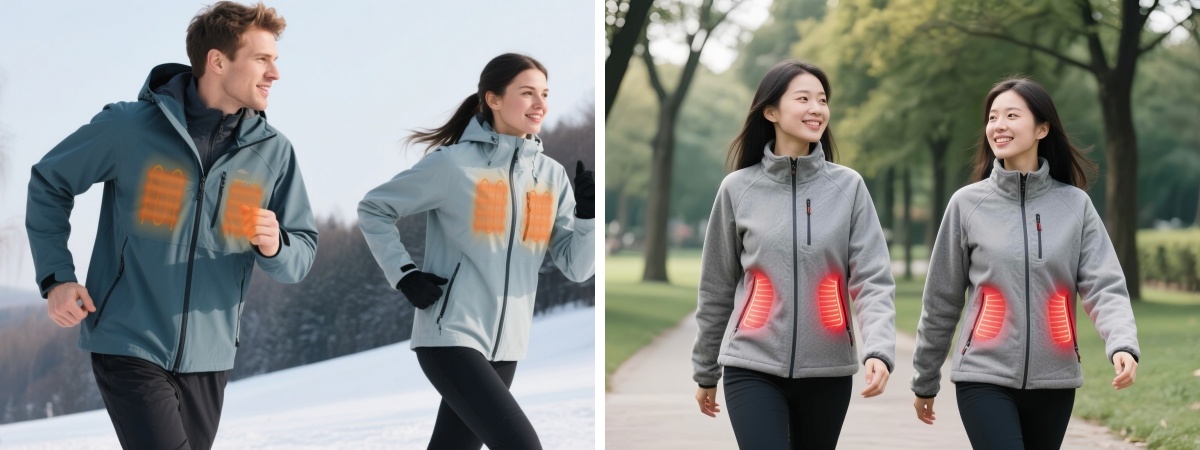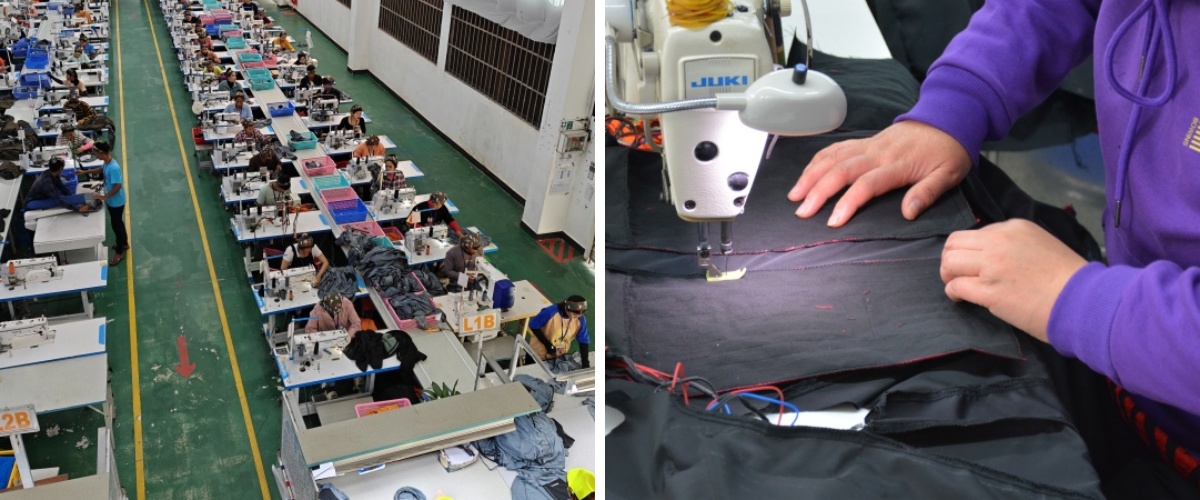Heated Clothing: Revolutionizing Cold-Weather Apparel Through Smart Technology
Global Market Overview and Growth Projections
The global heated clothing market has transformed from niche outdoor gear to mainstream consumer necessity, with Grand View Research projecting a compound annual growth rate (CAGR) of 8.5% through 2028, reaching a market value of $3.2 billion. This surge is largely driven by increasingly unpredictable climate patterns and growing adoption among both recreational users and industrial workers in extreme environments. North America currently dominates market share at 38%, followed closely by Europe at 32%, while the Asia-Pacific region demonstrates the fastest growth trajectory at 12.3% CAGR, particularly within construction, logistics, and outdoor service industries where worker safety regulations are tightening.
International trade data reveals significant manufacturing concentration in China's Pearl River Delta and Yangtze River Delta regions, which collectively account for approximately 67% of global production. The convergence of advanced textile manufacturing capabilities with electronics expertise in these regions has created unparalleled supply chain efficiencies. According to customs export statistics, heated apparel shipments increased by 23.7% year-over-year, with the European Union and United States absorbing nearly 70% of total export volume during the 2023 fiscal year.
Technical Specifications and Performance Parameters
Modern heated clothing incorporates sophisticated engineering that balances thermal performance with practical wearability. The core heating elements have evolved from simple carbon fiber ribbons to advanced graphene-infused polymers, offering superior thermal conductivity and durability. Standard heating systems operate within 40°C to 55°C (104°F to 131°F) range, with precision temperature control adjustable in 5°C increments through minimalist controllers or smartphone applications.
Critical technical specifications include:
- Power systems: Rechargeable lithium-ion batteries ranging from 7.4V 4000mAh to 12V 8000mAh capacity
- Heating distribution: Zonal coverage providing 15-25 watts per square foot
- Warm-up duration: Achieving target temperature within 90-120 seconds
- Operational longevity: Sustained heating from 4 to 12 hours depending on temperature setting
- Safety certifications: CE, RoHS, UL 3031 compliance with automatic shut-off at 70°C (158°F)
The durability standards have been rigorously tested, with premium manufacturers guaranteeing 30,000+ flex cycles for heating elements and 500+ wash cycles for garment integrity. Water resistance ratings typically reach IPX6-IPX8 standards, ensuring reliable performance in precipitation and high-humidity environments.
Manufacturing Process and Quality Control
The production of heated apparel requires seamless integration of textile manufacturing and electronic assembly, creating unique challenges throughout the manufacturing workflow. The process begins with strategic placement of heating elements between fabric layers, utilizing advanced bonding techniques that preserve flexibility while ensuring optimal thermal transfer.
Key manufacturing stages include:
1. Circuit Design Integration: Custom-designed heating elements are laminated between textile layers using thermal adhesive films
2. Connection System Installation: Low-profile connectors are permanently bonded to heating zones with reinforced stress points
3. Battery Integration: Specialized pockets with moisture-resistant seals house power sources and control units
4. Quality Validation: Each unit undergoes individual thermal mapping, wash testing, and flex endurance verification
Leading manufacturers implement statistical process control at each production stage, with particular attention to connection integrity and insulation resistance. Automated optical inspection systems verify circuit continuity before final assembly, while thermal imaging cameras validate heat distribution patterns across all zones. Final products undergo rigorous environmental simulation testing, including temperature cycling from -30°C to 60°C and vibration testing simulating transportation stresses.
International Buyer Preferences and Market-Specific Requirements
Regional procurement patterns reveal distinct preferences across major markets. European buyers prioritize sustainability credentials, with 68% specifically requesting recycled materials and transparent supply chain documentation. The Nordic markets demonstrate particular interest in integration with existing workplace safety protocols, requiring compatibility with high-visibility standards EN ISO 20471 and cold protection certification EN 342.
North American distributors emphasize retail-ready packaging and regulatory compliance, with UL 3031 certification becoming a de facto requirement for major outdoor retailers. The commercial and industrial sectors show strong preference for modular systems that allow easy component replacement and battery interchangeability between different garment types.
Asian markets, particularly Japan and South Korea, prioritize miniaturization and aesthetic integration, with buyers frequently requesting ultra-thin heating elements (≤1.2mm thickness) and discreet control interfaces. The growing Southeast Asian market focuses primarily on motorcycle commuter applications, where waterproof performance and impact resistance take precedence over maximum heat output.
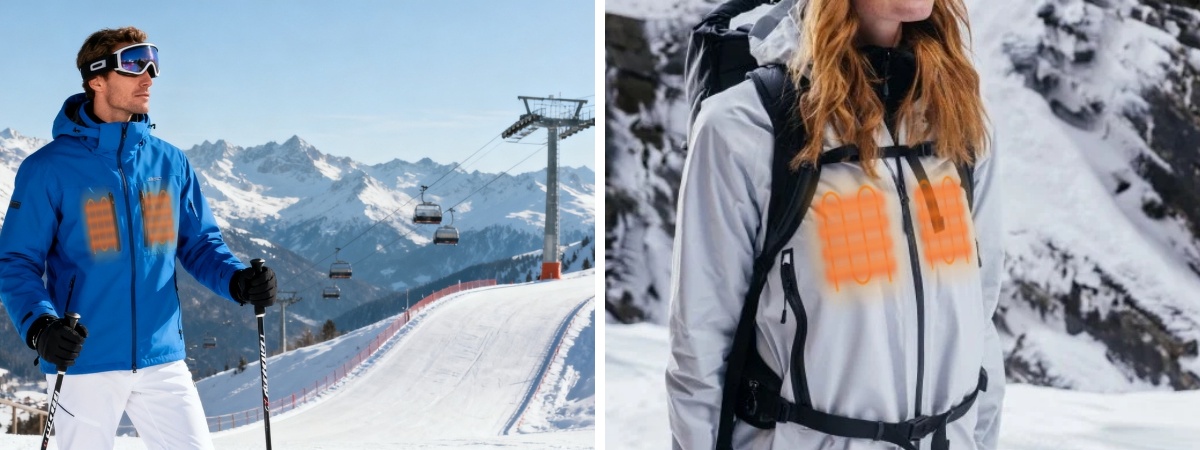
Emerging Technologies and Future Development Trajectory
The next generation of heated apparel is evolving toward intelligent thermal management systems that automatically adjust output based on ambient conditions and user activity levels. Micro-electromechanical systems (MEMS) incorporating motion sensors and environmental detectors are being integrated into premium product lines, potentially reducing power consumption by up to 40% through dynamic heat distribution.
Advanced materials science is driving significant innovation, with phase-change materials being developed to store and release thermal energy passively, supplementing active heating systems. Graphene nanocomposites are demonstrating remarkable improvements in thermal conductivity, with laboratory prototypes achieving 35% faster warm-up times while reducing power requirements. The integration of flexible photovoltaic panels is also under development, offering potential for extended operational duration in outdoor applications.
International B2B Procurement: Frequently Asked Questions
What is the typical manufacturing lead time for custom heated apparel programs?
Standard ODM/OEM projects require 60-75 days from technical confirmation to shipment, including 15 days for sample approval and 45-60 days for mass production. Complex customization involving novel heating element configurations may extend this timeline by 15-20 days.
How do you ensure electrical safety and regulatory compliance across different markets?
Our manufacturing facilities maintain ISO 9001:2015 quality management systems with dedicated compliance teams tracking international standards evolution. We conduct pre-shipment testing against destination market requirements, including CE (EU), UL (North America), KC (Korea), and PSE (Japan) standards, providing complete certification documentation.
What minimum order quantities apply for private label programs?
Standard MOQs begin at 500 units per SKU for established product categories, with flexibility for mixed-SKU containers. Development fees apply for completely custom designs below this threshold, though we offer existing platform customization with significantly lower quantity requirements.
Can you integrate with our existing inventory and fulfillment systems?
We provide API connectivity for inventory visibility and support EDI-based purchase order processing. Drop-shipping services are available for distributors requiring direct-to-customer fulfillment, with custom packaging and documentation options.
Request Custom Quotation & Technical Documentation
Connect with our engineering team for specification sheets, compliance certificates, and market-specific recommendations. Request sample garments for hands-on evaluation of heating performance, durability, and comfort characteristics. Contact our international trade specialists today for volume pricing and OEM program details.



